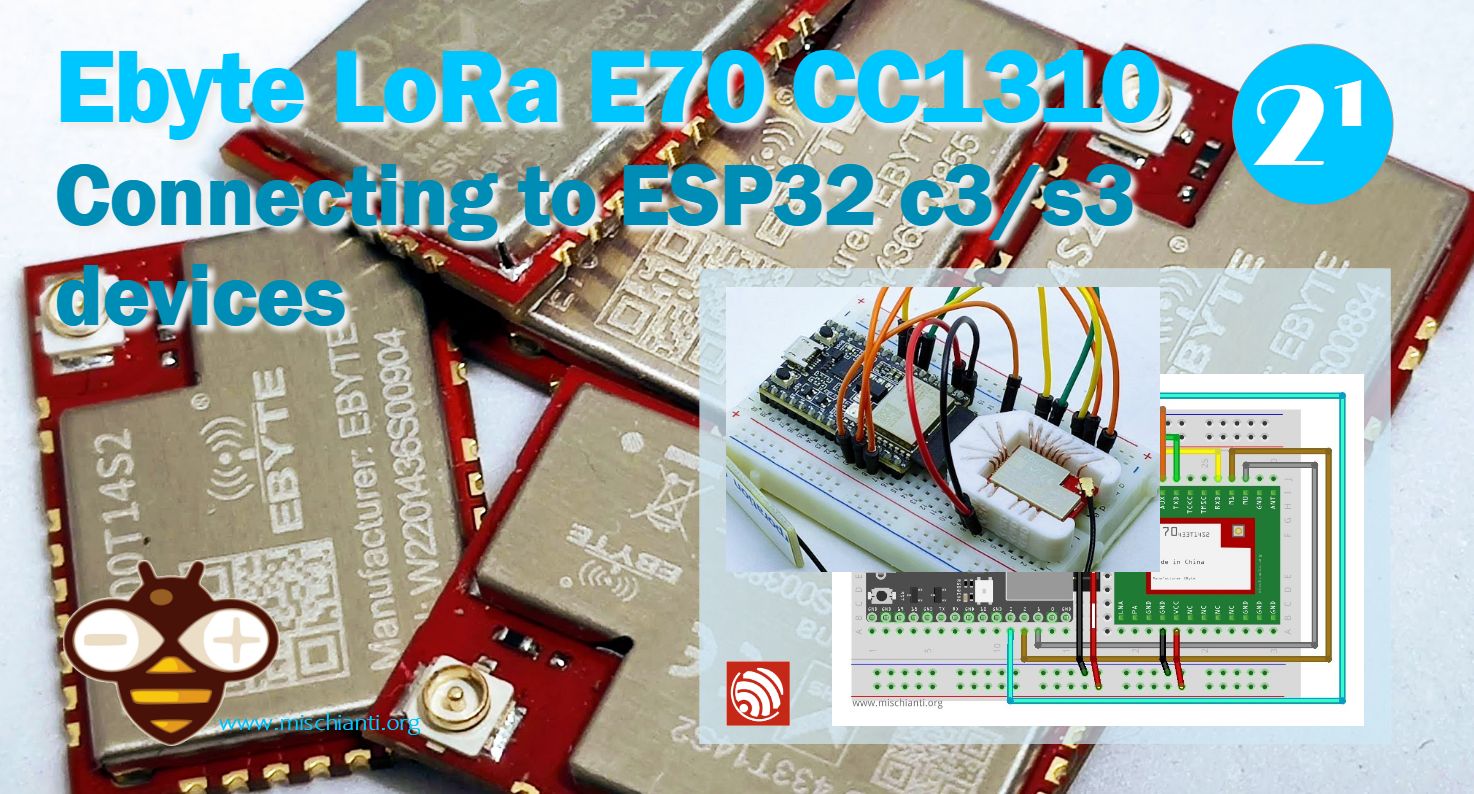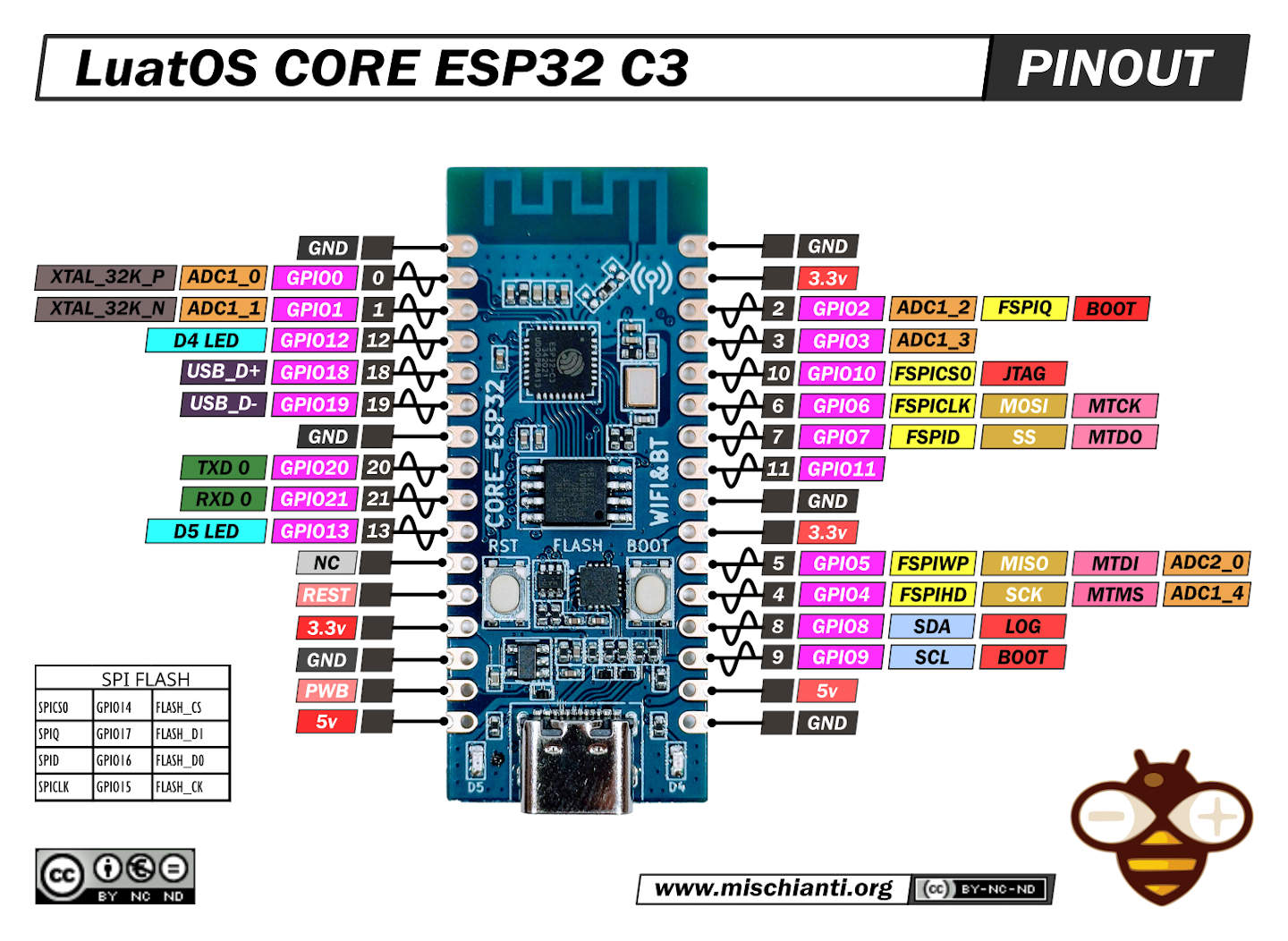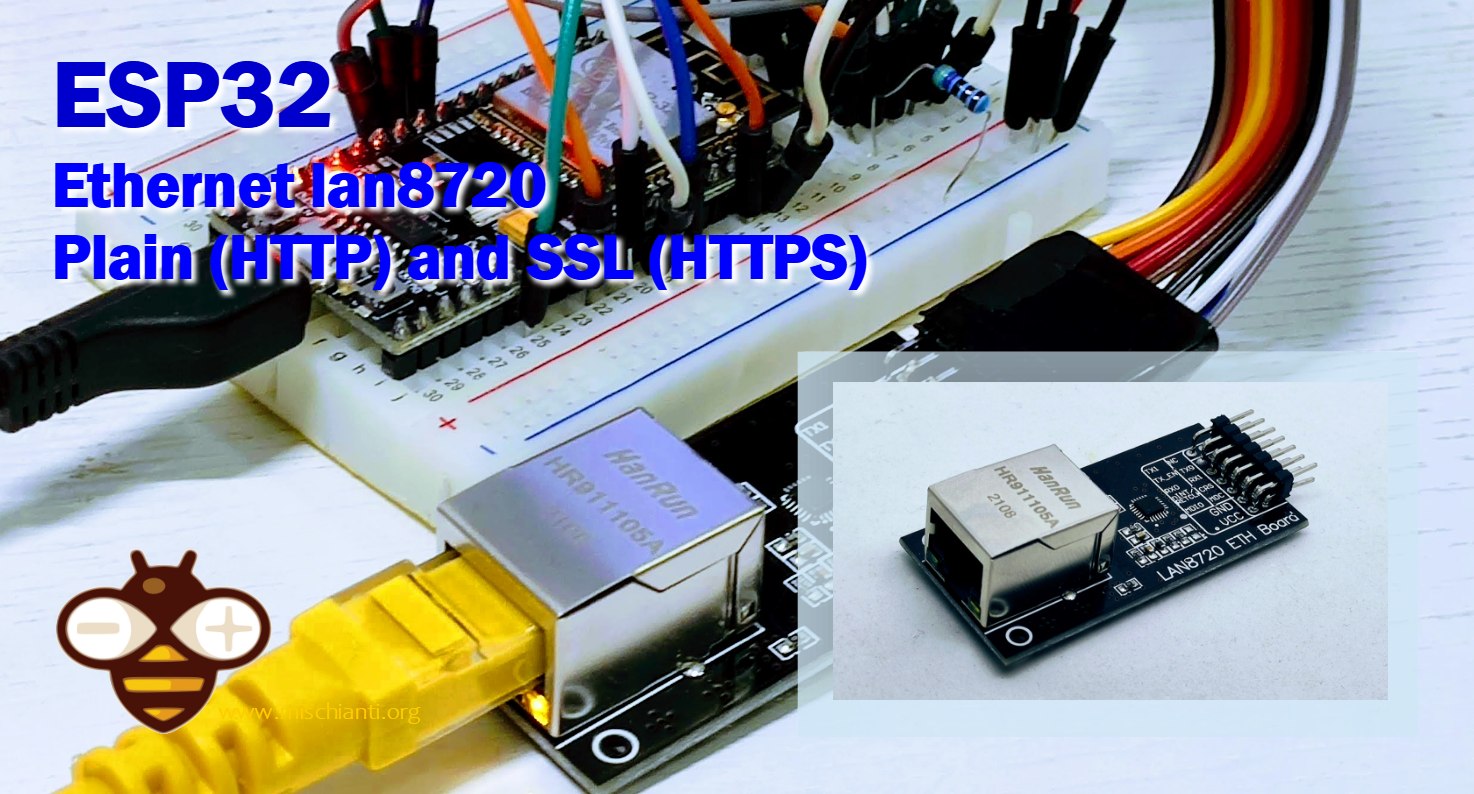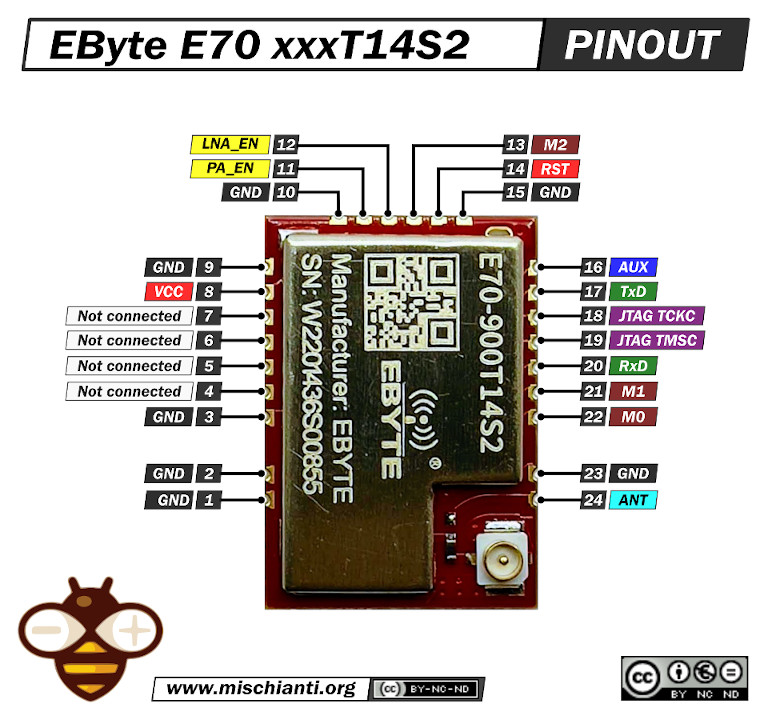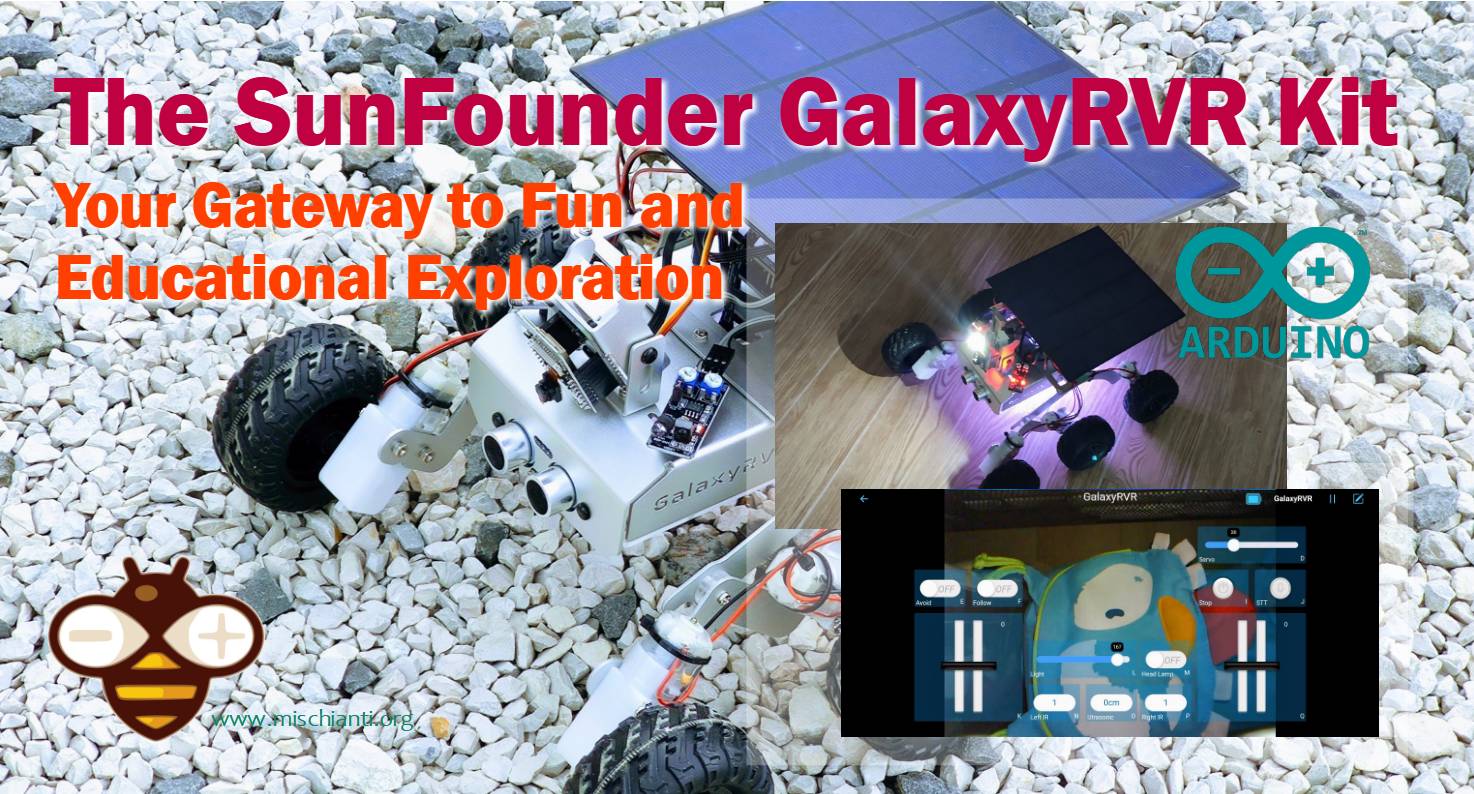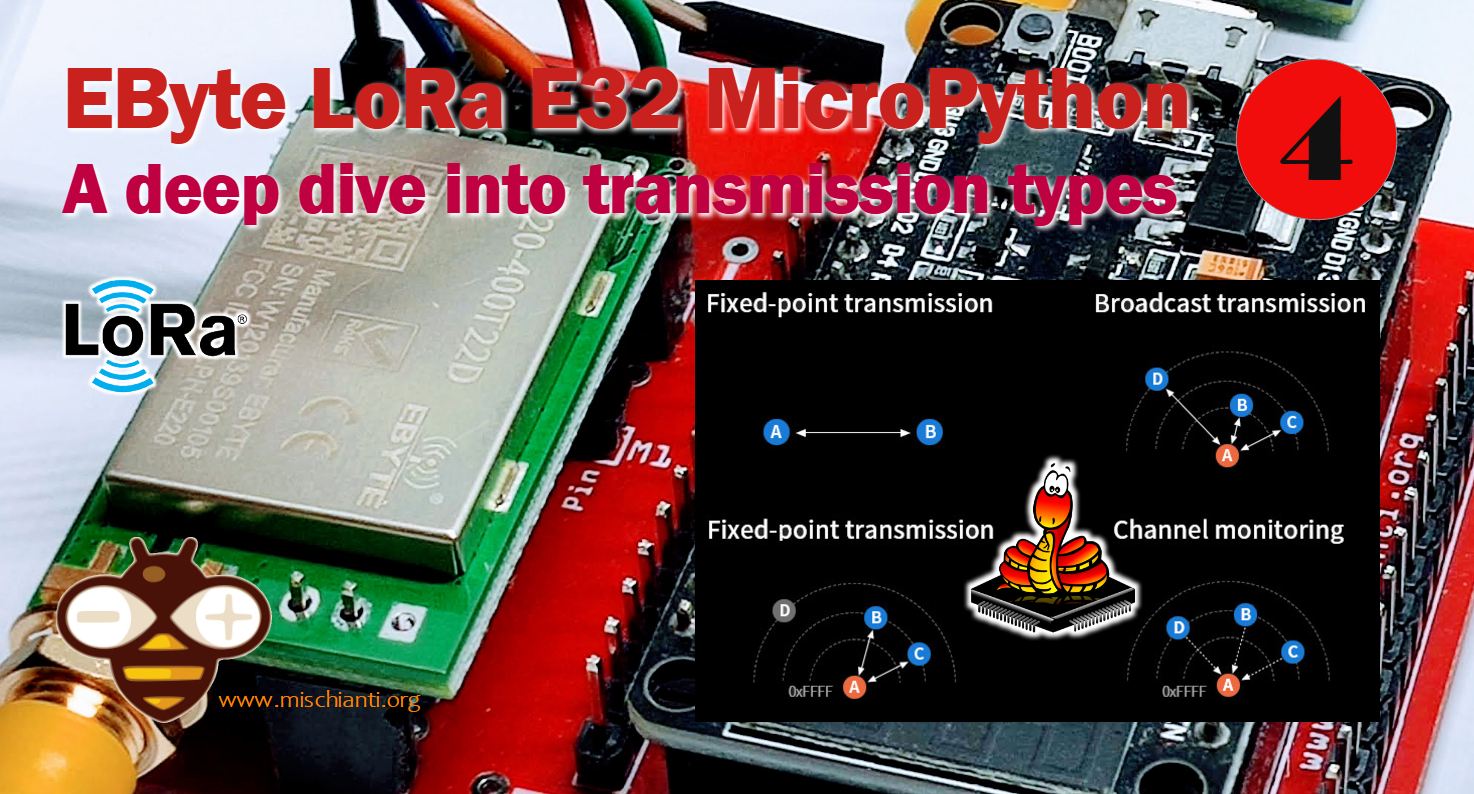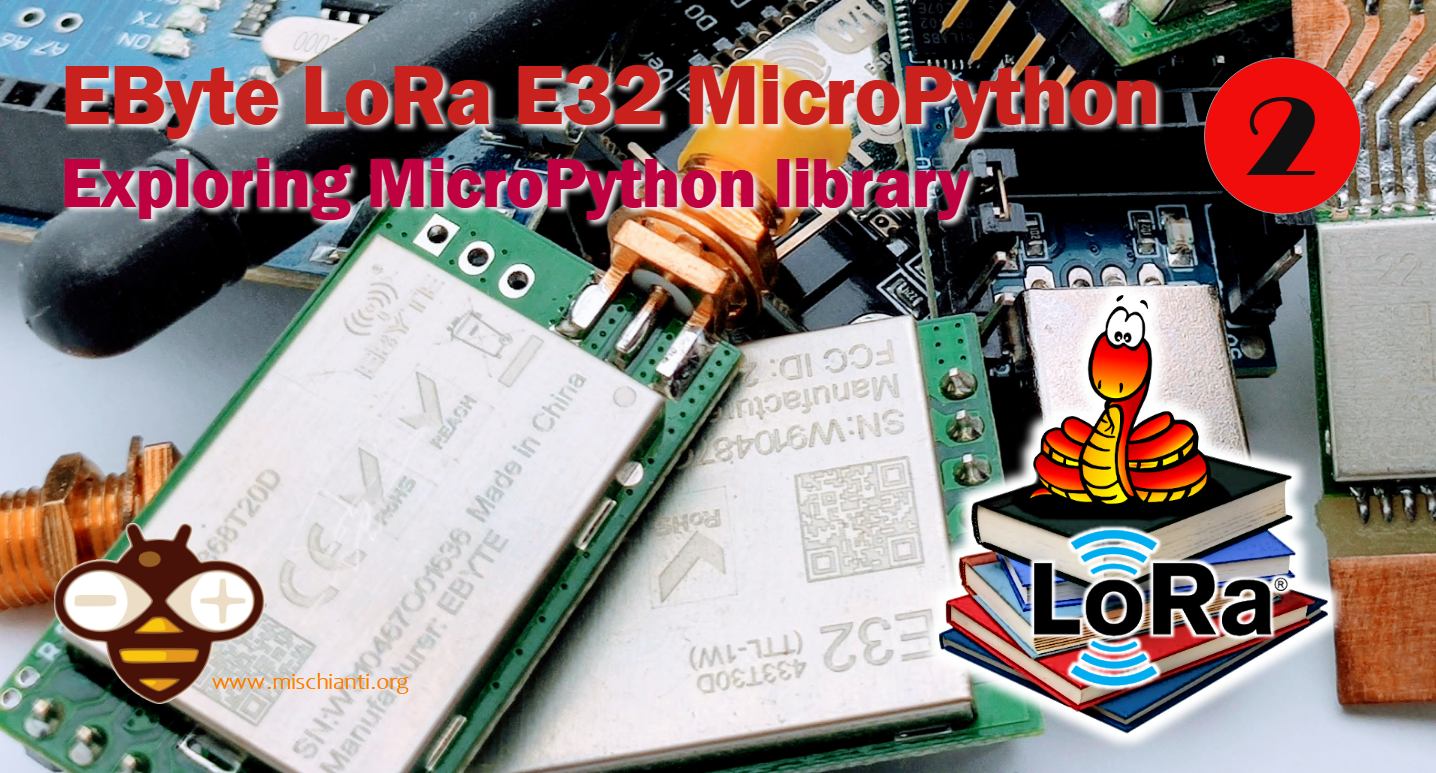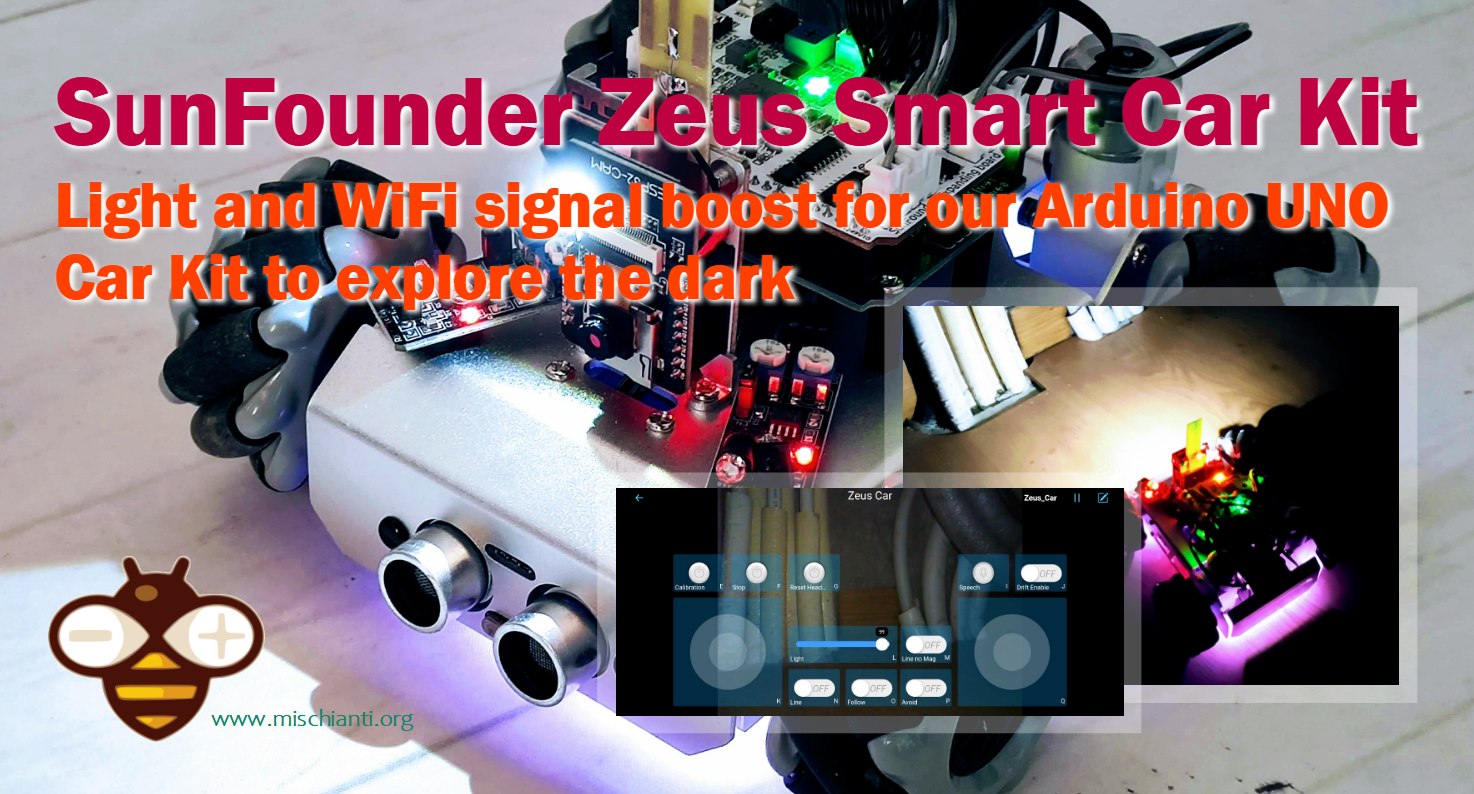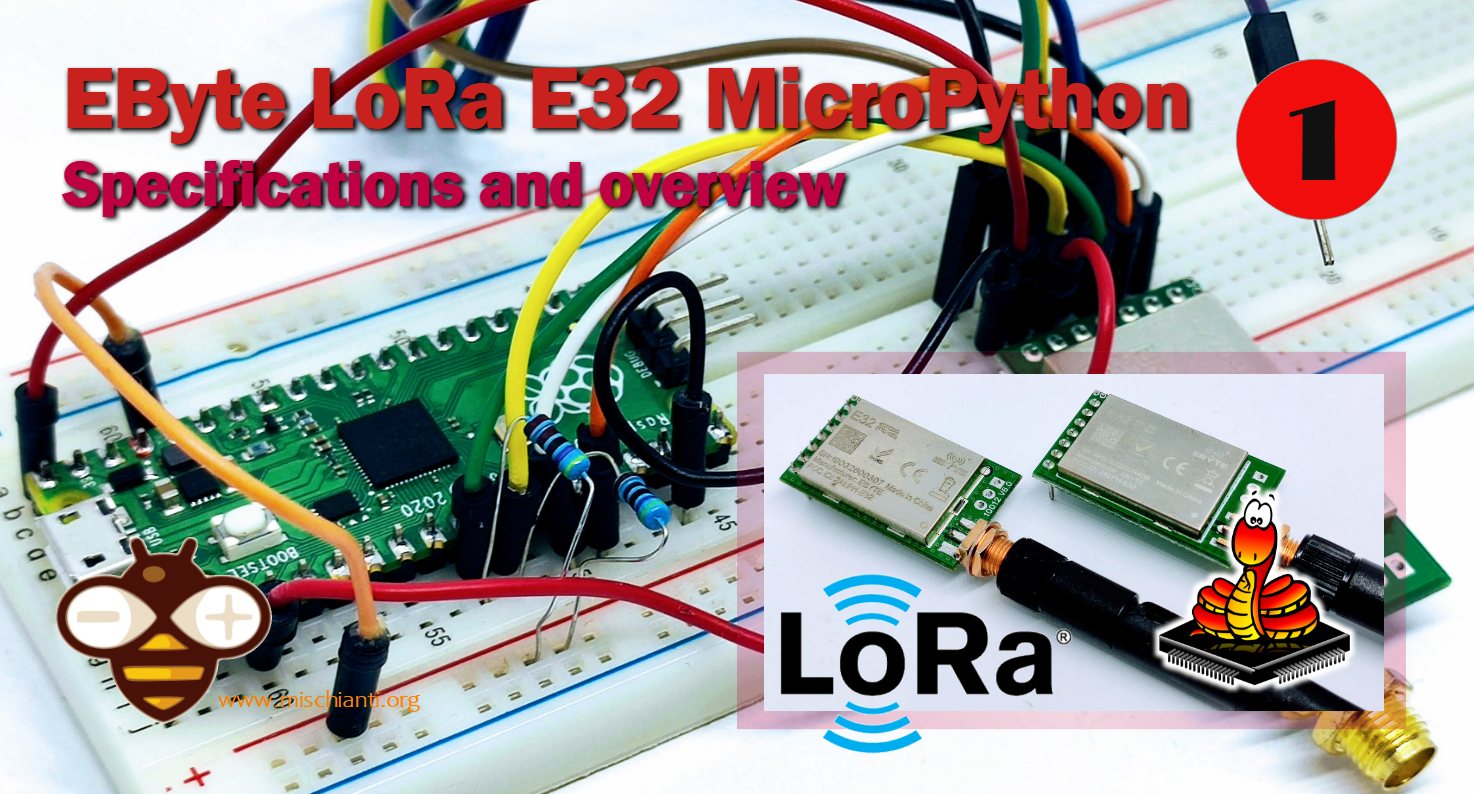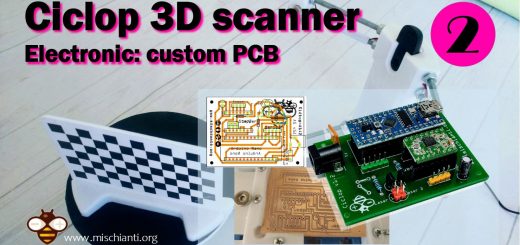Connecting the EByte E70 to ESP32 c3/s3 devices and a simple sketch example
In this article, we explore the process of connecting the EByte E70 module, a long-range RF transceiver, to ESP32 c3/s3 devices, known for their robust IoT capabilities. The ESP32 c3/s3 offers a powerful platform for integrating wireless communication like RF, enabling long-range, low-power IoT applications.

